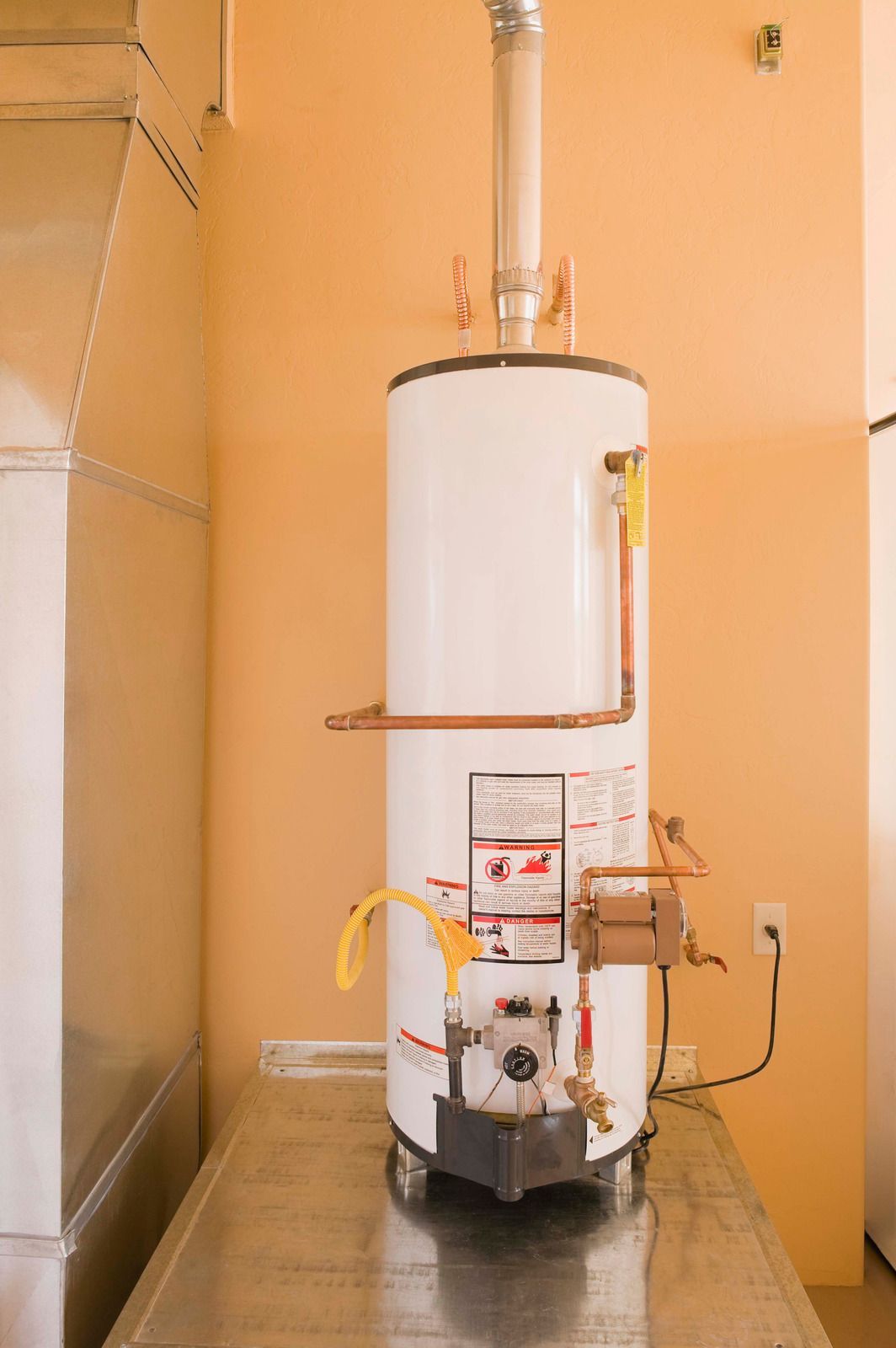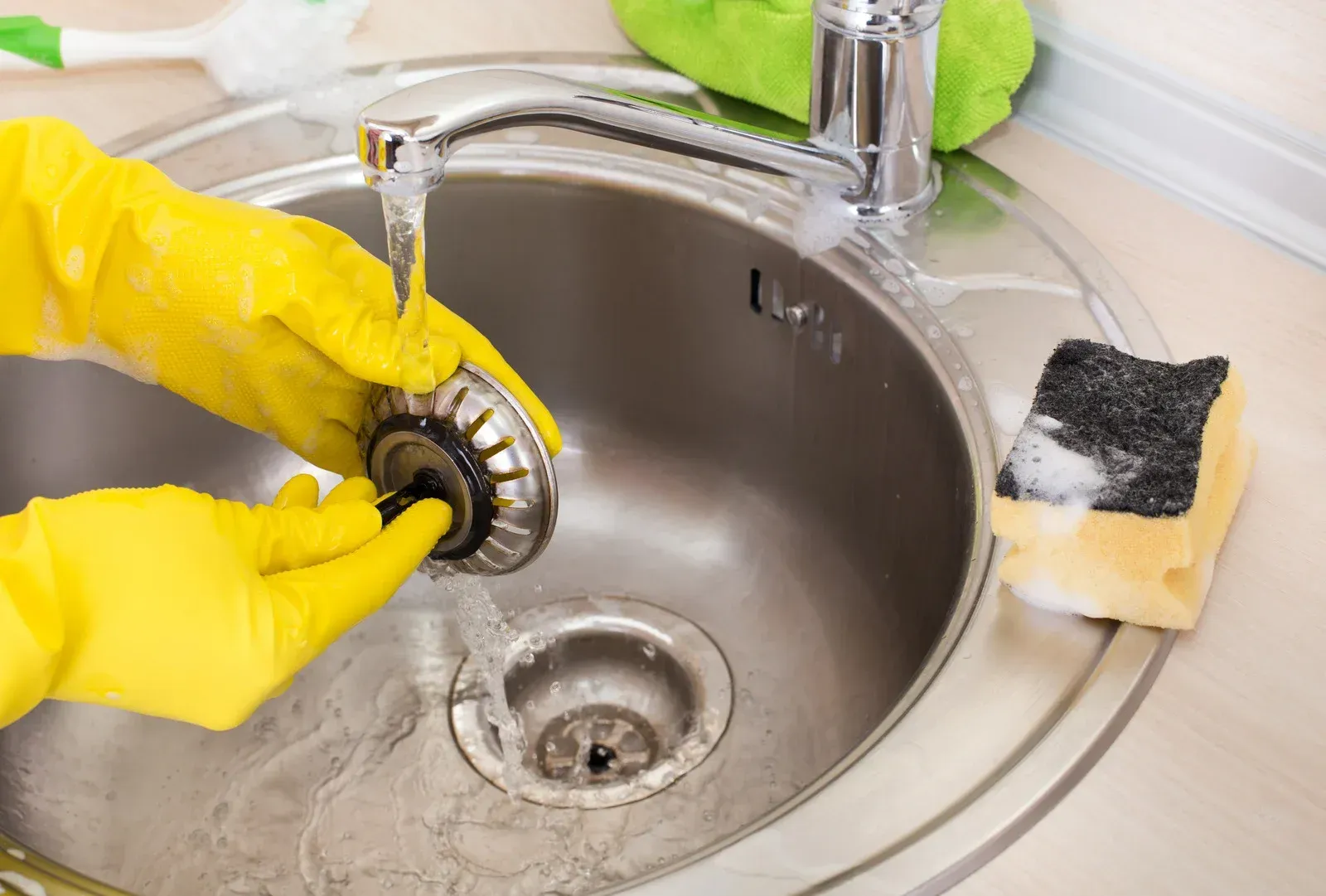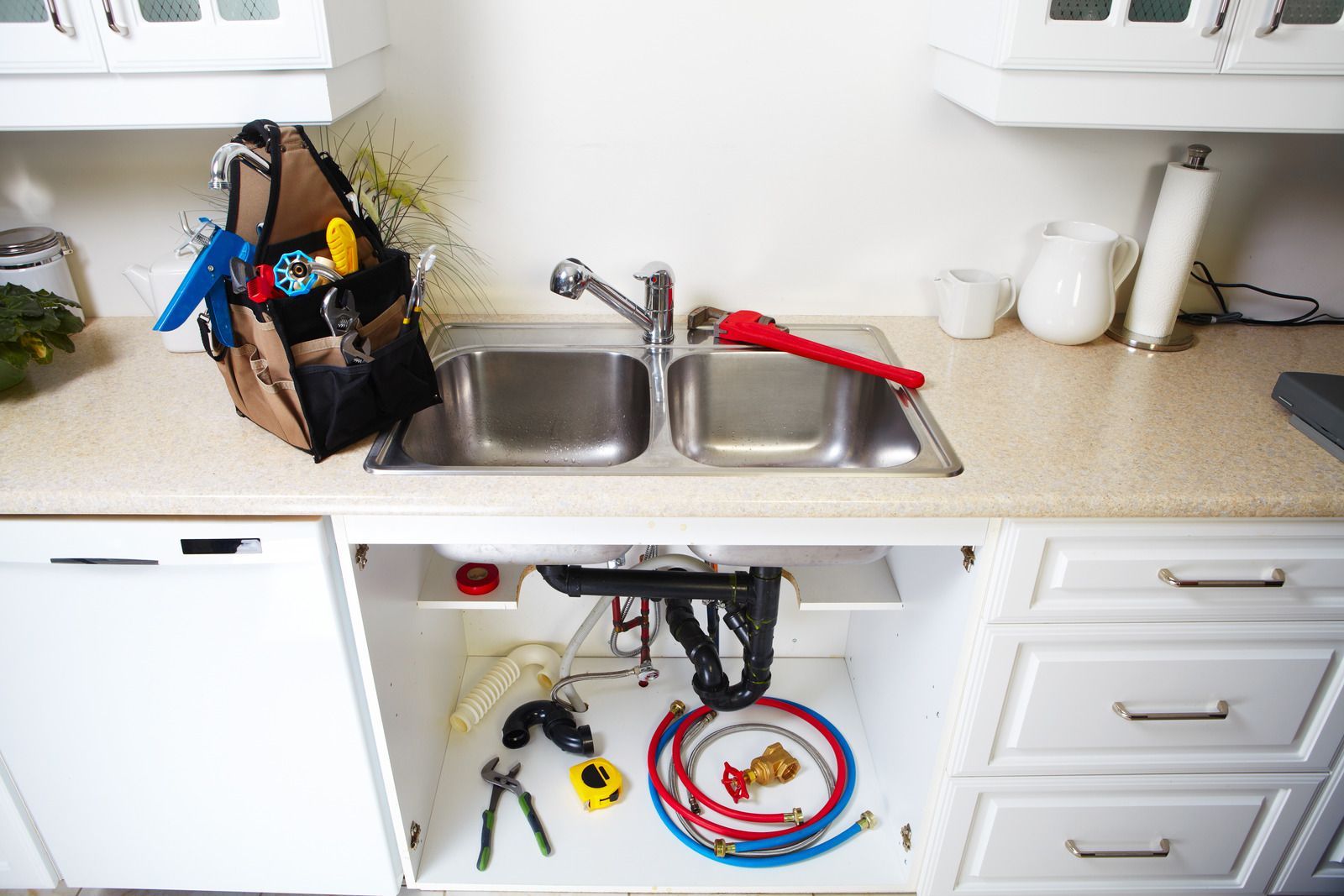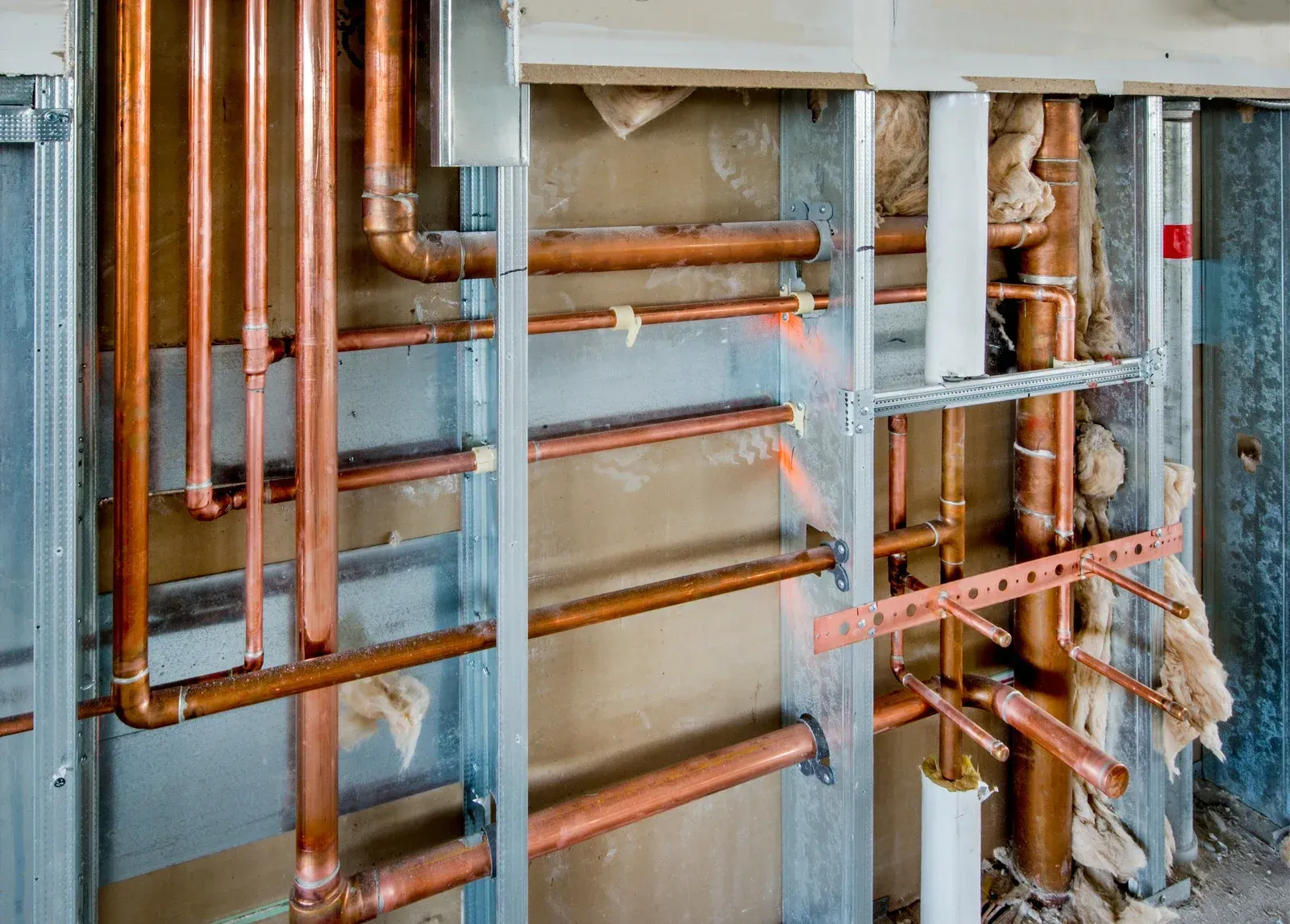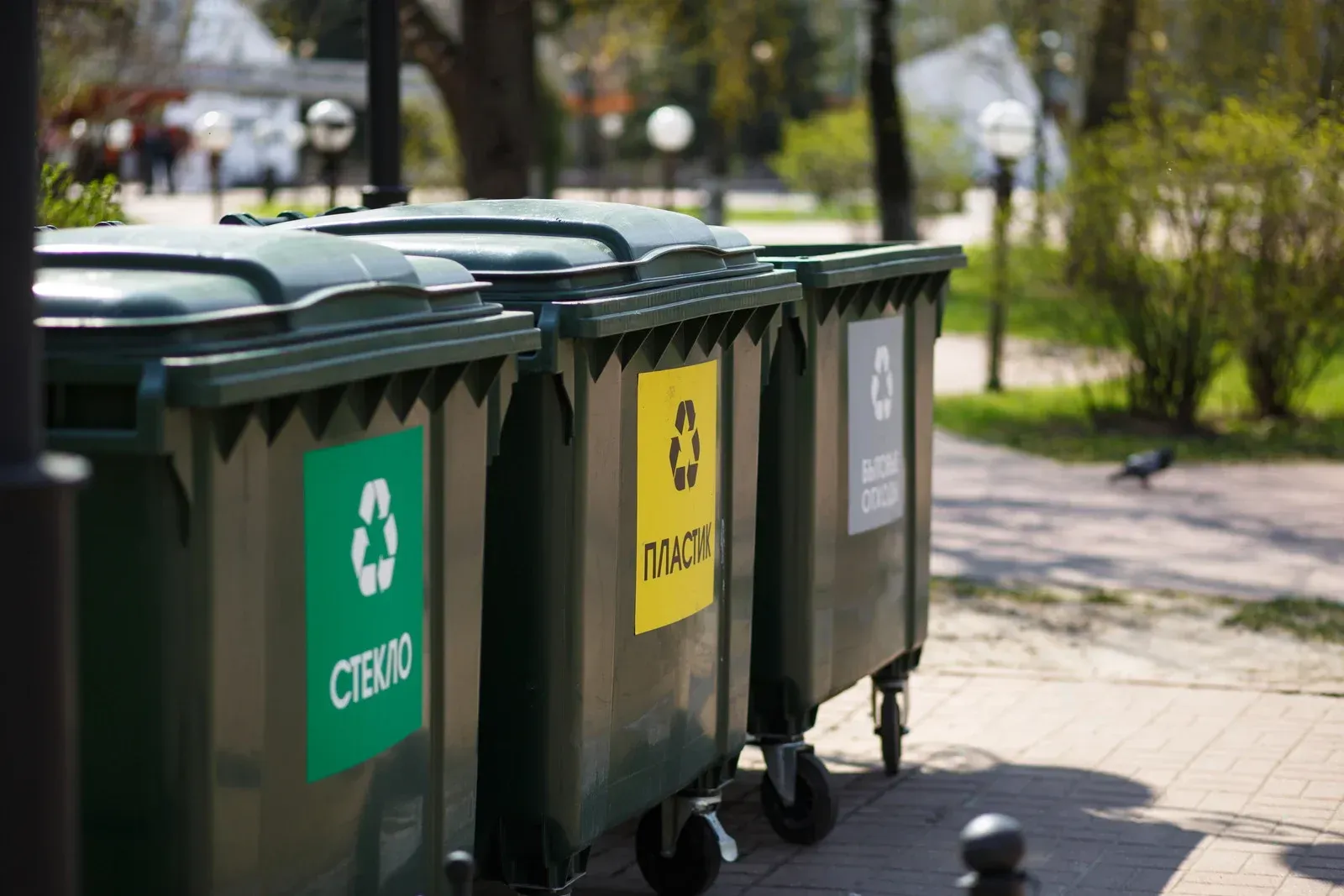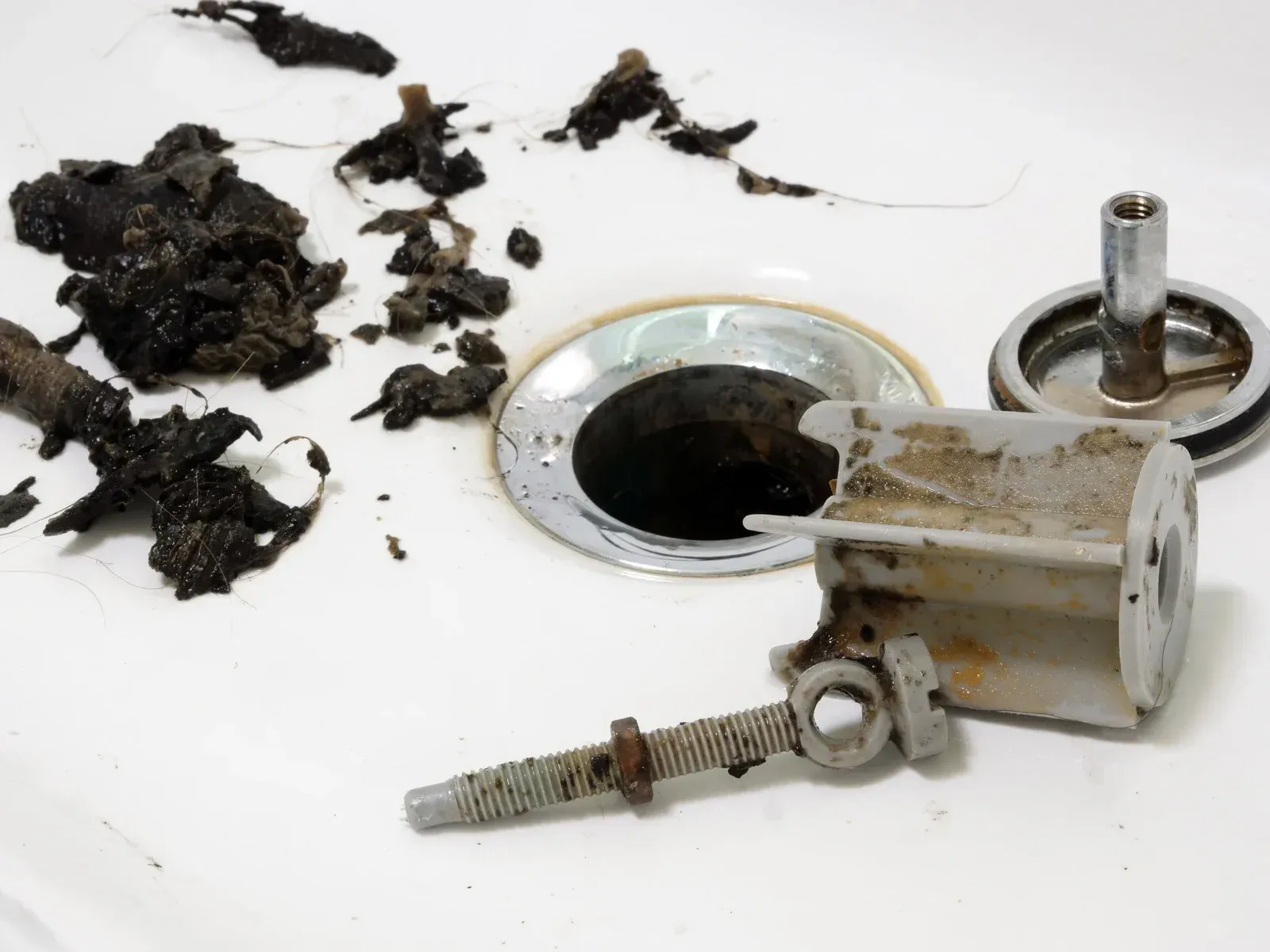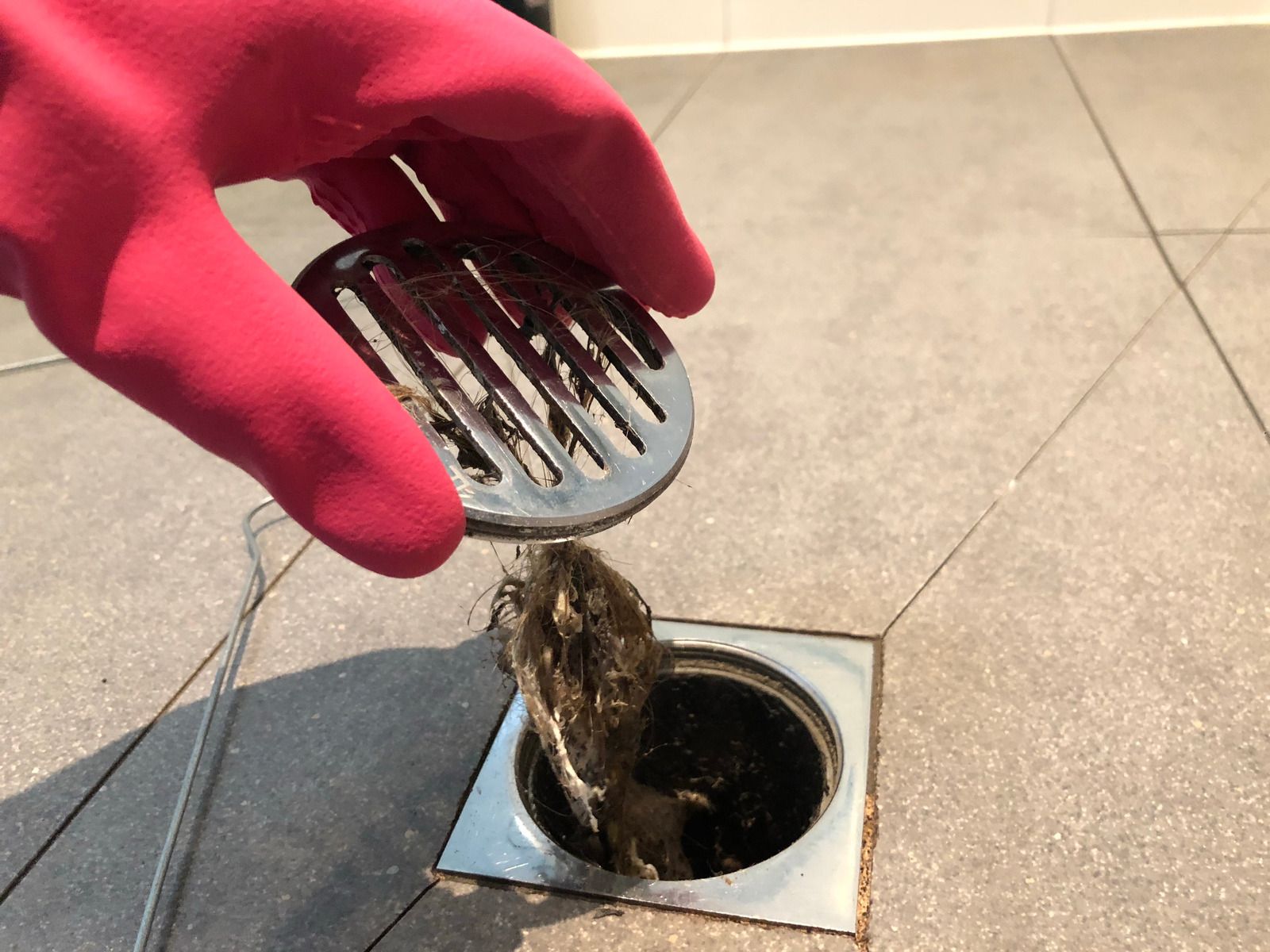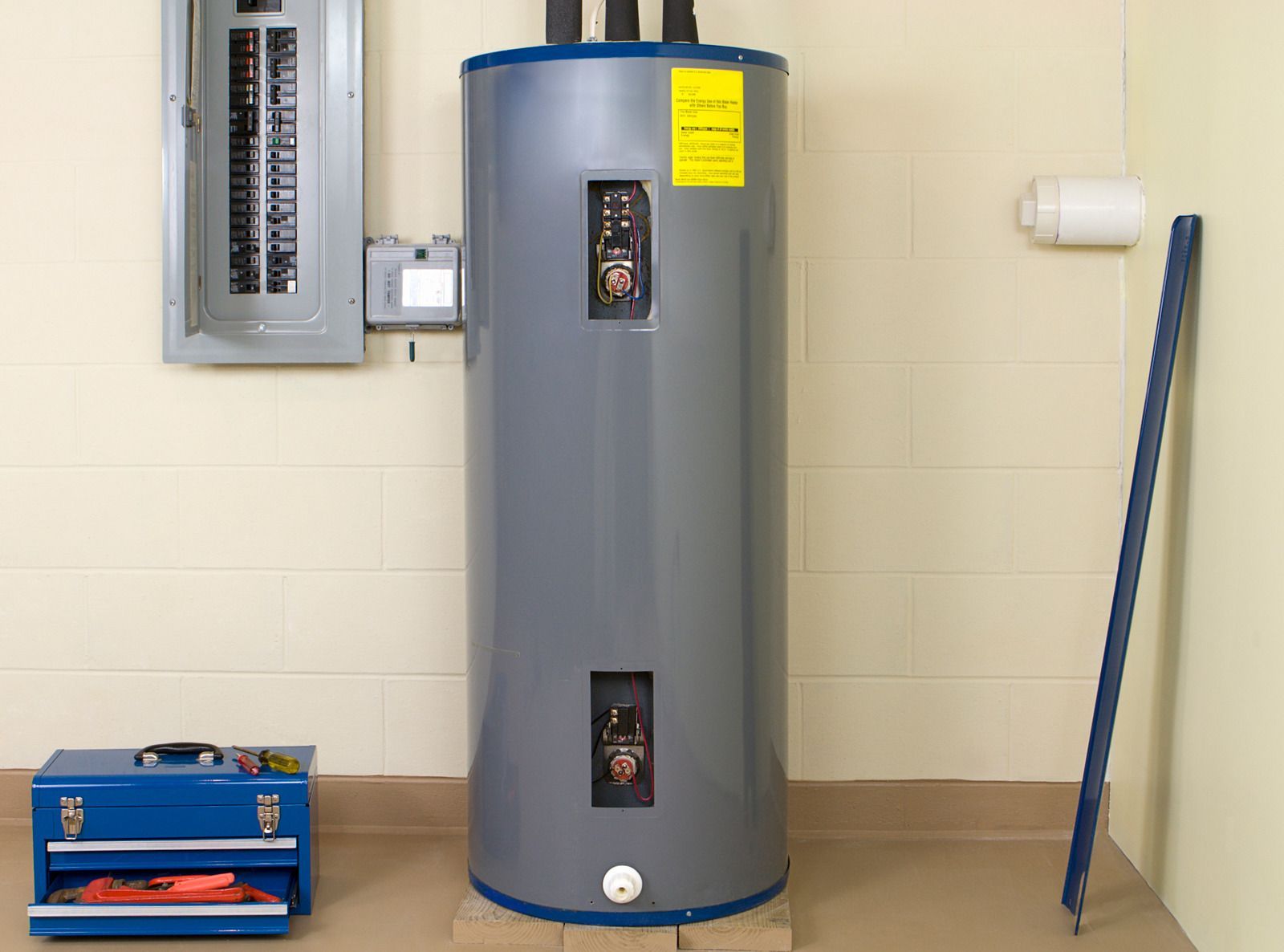How to Maintain Your Water Heater for Optimal Performance
A
reliable water heater supports daily activities by providing warm water for various tasks. Without proper care, it can become less effective, consume more energy, or fail entirely. Regular attention helps avoid expensive repairs and keeps performance steady. Basic maintenance reduces the chance of sudden breakdowns while extending the unit's service life. Many people forget these small tasks, but consistent upkeep can save both time and money. Following simple steps improves efficiency and ensures hot water availability whenever needed.
Identify the Type of Unit
Every water heater operates differently based on its design. Some use tanks to store hot water, while others heat water instantly. Understanding the specific type helps apply the correct maintenance process. Gas-powered models differ from electric ones, so consult the manual for guidance. Following manufacturer instructions minimizes mistakes. If something seems unclear, asking a professional for advice may help.
Adjust the Thermostat
Setting an appropriate temperature improves safety and saves energy. Experts recommend keeping it at 120 degrees Fahrenheit. Water heated beyond this level increases risks of burns and higher utility costs. If the water feels too hot or not warm enough, check the control and make adjustments. Revisit the setting periodically to maintain consistency.
Remove Sediment from the Tank
Over time, debris settles at the bottom of tank heaters, affecting their operation. Draining and cleaning the tank helps maintain efficiency. Start by shutting off power and water supply before attaching a hose to the drain valve. Slowly release water into a bucket or nearby drain. Refill the tank after flushing and restart the system. Perform this process every six months to reduce wear.
Inspect the Anode Rod
A functioning anode rod prevents rust inside the tank. Over time, it wears down and requires replacement. Check the rod annually by removing it with a wrench. If corrosion or thinning appears, consult a professional and install a new rod to protect the tank’s interior. Using a high-quality replacement rod keeps the system running effectively.
Add Insulation
Covering tanks and pipes with insulating materials improves efficiency and reduces heat loss. You can use a blanket designed for water heaters and wrap exposed pipes with foam sleeves. Prevent direct contact with control panels or burners while applying insulation. This small step helps save energy and keeps water hot for longer periods.
Maintain a Tankless Model
For tankless systems, cleaning the inlet screen every few months avoids clogs. Turn off power and water before removing the screen for rinsing. Descaling the heating components annually prevents mineral buildup. Using a proper solution, flush the system to remove deposits. Check the manual for specific cleaning steps unique to your unit.
Test Safety Features
Every tank heater has a pressure relief valve that prevents damage from excessive pressure. Lift the lever annually to confirm proper operation. Water should flow momentarily when testing this feature. Replace the valve immediately if it fails to release water. Regular checks keep the system operating safely.
Schedule Professional Assistance
While basic tasks help, an annual inspection by an expert adds value. Professionals assess internal components, test critical features, and address minor issues before they worsen. Routine evaluations improve reliability and extend the lifespan of the unit.
Proper care supports a water heater’s efficiency and reliability. Small efforts lead to fewer breakdowns and consistent hot water supply. Begin applying these steps today for dependable performance.
